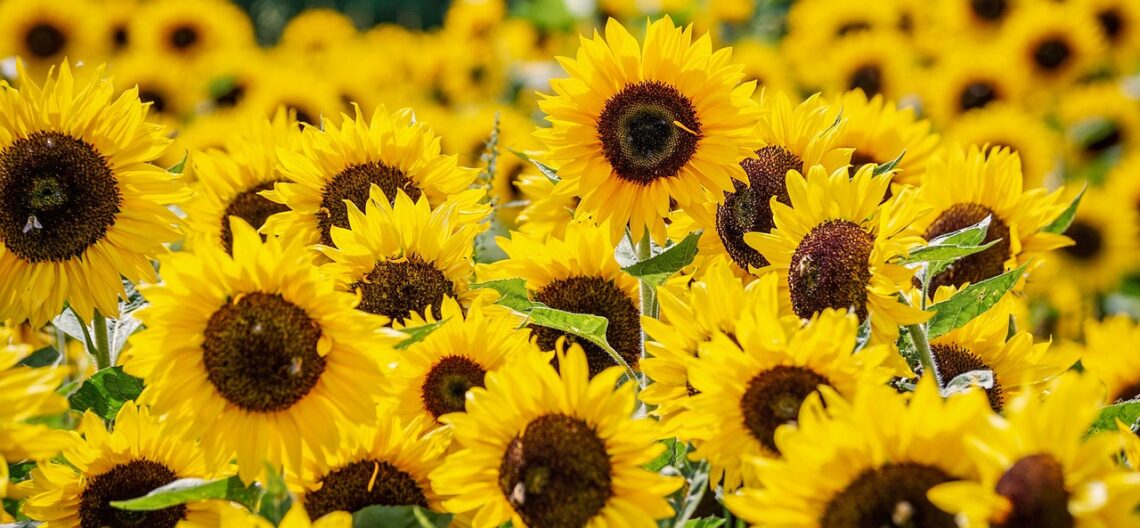
Interesting Facts About Sunflowers That Will Make You Smile
Facts About Sunflowers
As the world moves with increasing speed, we often overlook the wonders of nature, and the sunflower, a towering symbol of joy, is one such marvel that deserves our attention. The interesting facts about sunflowers are vast and varied, from their ties to Greek mythology to their role in cleaning up nuclear disaster areas. This article aims to shed light on these extraordinary aspects and more.
The Rise of the Sunflower: Origins and Evolution
Native Lands: From North America to the Rest of the World
The sunflower, or Helianthus annuus, is originally from North America. Native Americans have been cultivating it for over 3,000 years for its edible seeds and oil. Following the arrival of Spanish conquistadors, these bright flowers journeyed to Europe, eventually spreading across the globe.
The Influence of Sunflowers in History
Ancient Significance
Sunflowers have played a significant role in various cultures. In Greek mythology, they symbolize the water nymph Clytie’s unrequited love for the sun god Helios. In contrast, Native Americans used sunflowers for medicinal purposes and even body paint.
Symbol of National Identity
The sunflower is the national flower of Ukraine, symbolizing the country’s sunny disposition and rich agricultural heritage. During the 19th century, Russian immigrants took sunflower seeds to the United States, where the plant was reintroduced and flourished.
The Sunflower State
The sunflower holds such significance in the United States that it’s even dubbed as the state flower of Kansas, often referred to as the “Sunflower State.”
The Science of Sunflowers: Unveiling the Mystical Yellow Petals

The Wonders of Heliotropism: Following the Sun
One of the most interesting facts about sunflower is its heliotropism. Young sunflowers, or sunflower buds, move their heads to track the sun from east to west daily. As mature sunflowers, they permanently face east, ensuring they attract more pollinators.
Fibonacci’s Gift: The Spiral Pattern
The head of a sunflower presents an interesting visual, with its disc florets forming a mesmerizing spiral pattern. This pattern adheres to the Fibonacci sequence, an intriguing mathematical concept found in many natural structures.
A Blossom of Many Flowers
Interestingly, a sunflower’s head is not a single flower but composed of hundreds of tiny flowers, or florets. The outer petals, or ray florets, are sterile, while the inner, smaller flowers, or disc florets, are fertile and responsible for seed production.
Sunflowers: The Many Faces of Helianthus Annus
Wild to Cultivated Varieties
From wild sunflowers to the commonly cultivated varieties, sunflowers can grow to different heights. The tallest sunflower recorded was grown by Hans-Peter Schiffer, standing at a towering height of 30 feet 1 inch, as recognized by the Guinness World Record.
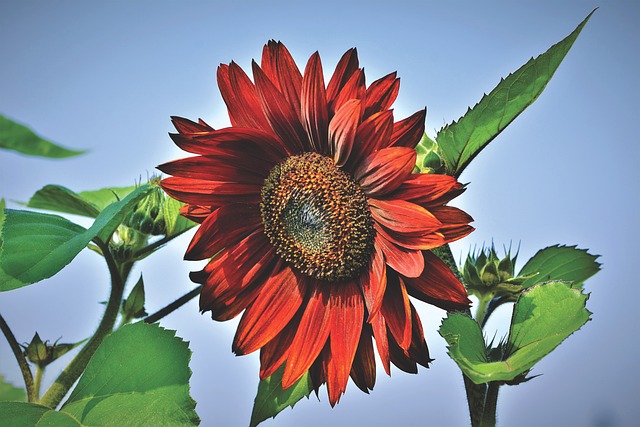
Colorful Varieties
While yellow petals are most commonly associated with sunflowers, they come in a spectrum of colors, including red sunflowers and purple sunflowers. Dwarf sunflowers, such as the Teddy Bear variety, reach a smaller stature, perfect for home gardens.
Sunflowers: From Paintings to Power Plants
A Muse for Artists
Sunflowers have been a significant subject for famous artists, with Vincent Van Gogh’s series of sunflower paintings being among the most iconic. Other artists like Paul Gauguin and Diego Rivera also paid homage to this amazing plant.
The Power of Sunflowers: Nuclear Cleanups
Following the Chernobyl disaster, sunflowers were planted across the nuclear power plant to help remove radionuclides from the soil and water, a process known as phytoremediation.
Extraordinary Evidences: Unraveling More Interesting Facts About Sunflowers
Sunflowers have a way of captivating hearts with their radiant presence. Yet, their allure extends beyond their vibrant petals. Below are some fascinating facts about sunflowers that shed more light on this amazing plant.
Sunflower Heads: Nature’s Compass
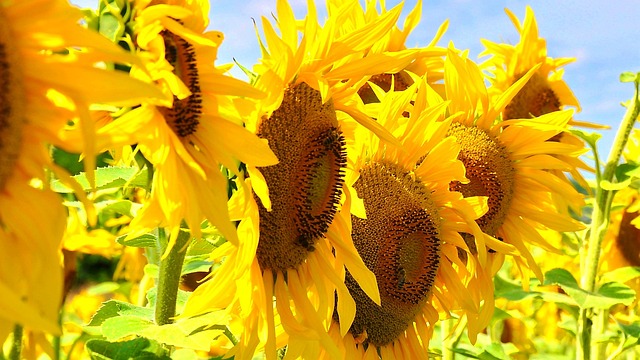
The heads of mature sunflowers generally face the east, a characteristic resulting from their heliotropism during the early growth stage. The warmer, eastern-facing side tends to attract more pollinators, thereby increasing the plant’s chances of reproduction.
North Dakota: The Sunflower State
North Dakota is the leading producer of sunflowers in the United States, with hundreds of thousands of acres of sunflowers blooming every year. The fields become a sea of yellow during peak blooming seasons.
The Many Varieties of the Sunflower Plant
From the common sunflower, Helianthus annuus, to the American Giant with its towering stalks, there are over 70 recognized species of sunflowers. Among these, dwarf varieties like Teddy Bear sunflowers are ideal for small gardens and containers, providing enough space for other plants to thrive.
From Sunflower Seed Oil to Peanut Butter
Sunflower seed oil, extracted from the black seeds of the plant, is a popular cooking oil due to its light flavor and health benefits. Interestingly, sunflower seed butter, a product similar to peanut butter, is a great alternative for those with peanut allergies.
Sunflowers in Space
Sunflowers have even made their way to the International Space Station. Astronaut Don Pettit, while aboard the station, grew sunflowers as part of his personal experiments with plant life in space, documenting the sunflowers’ growth and behavior in microgravity.
Spanish Explorers and the Sunflower’s Journey
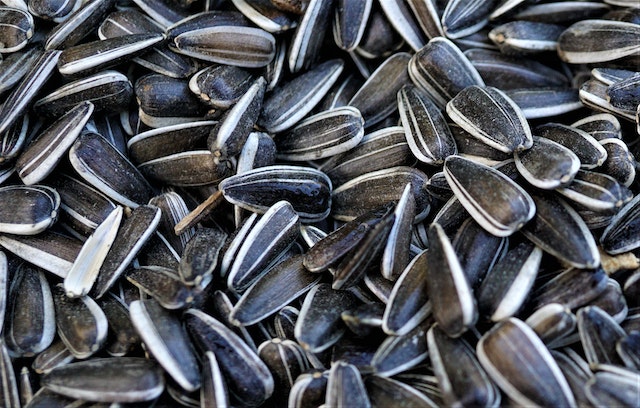
Spanish explorers in the 16th century were among the first Europeans to encounter sunflowers in Central and South America. Impressed by these tall, bright flowers, they took seeds back to Europe, where the sunflower quickly gained popularity.
Russia: From Tsar Peter to the World’s Largest Producer
Tsar Peter the Great of Russia fell in love with sunflowers during a visit to the Netherlands. After introducing them to his homeland, they eventually became a staple in the Russian Orthodox Church’s Lenten diet. By the 19th century, Russia was the world’s largest producer of sunflowers.
Artistic Tributes: The Painter of Sunflowers
Vincent Van Gogh, famously known as the ‘painter of sunflowers’, held a profound admiration for these flowers. His series of sunflower paintings is an immortal tribute to this radiant plant, showcasing its vibrant beauty and symbolic significance.
Sunflowers and Circadian Rhythms
Like humans, sunflowers have circadian rhythms. This internal biological clock, operating on a 24-hour cycle, governs their heliotropic movements, growth, and even the opening and closing of flower buds.
Not Just a Pretty Flower
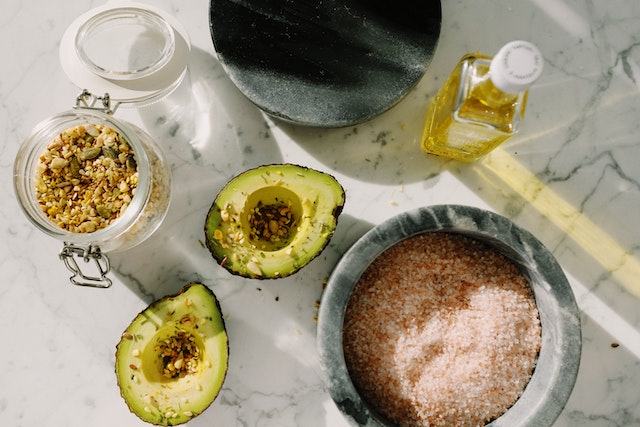
Sunflowers are more than just decorative plants. The fibrous stalks of mature sunflowers can be used to make disposable scrubbing pads. Moreover, the young blossoms can be cooked and eaten similarly to artichokes.
Dive deeper into the world of sunflowers, and you’ll discover a plethora of interesting sunflower facts that are as diverse and intriguing as the plant itself. So, the next time you admire a sunflower field or enjoy a spoonful of sunflower seed butter, remember the intricate, interconnected journey that brought this incredible plant from its native lands to your doorstep.
Facts About Sunflowers: 5 Frequently Asked Questions
Can sunflowers be grown in any climate?
Sunflowers are incredibly adaptable and can be grown in a wide range of climates. They are heat and drought-tolerant, making them suitable for areas with hot, dry summers. They also thrive in temperate climates. However, it’s worth noting that sunflowers require full sun exposure, about six to eight hours a day, to reach their full potential. Cold, excessively wet, or extremely shady environments are less ideal for these sun-loving plants.
What are the main types of sunflower seeds?
Sunflower seeds mainly fall into two categories: oilseed and non-oilseed (confectionery) types.
Oilseed sunflower seeds are usually black and have a high oil content. They are typically smaller and used primarily for pressing sunflower oil and in the production of animal feed.
Non-oilseed, or confectionery, sunflower seeds are often larger with striped hulls. They have a lower oil content and are used for direct human consumption, such as snacking and in cooking and baking.
Is sunflower oil healthier than animal fats?
Sunflower oil is generally considered healthier than many animal fats. It is rich in Vitamin E and low in saturated fat, which is linked to higher cholesterol levels and increased risk of heart disease. Instead, sunflower oil is high in polyunsaturated fats, particularly linoleic acid, which can help lower cholesterol levels. However, like all oils, sunflower oil should be used in moderation as part of a balanced diet.
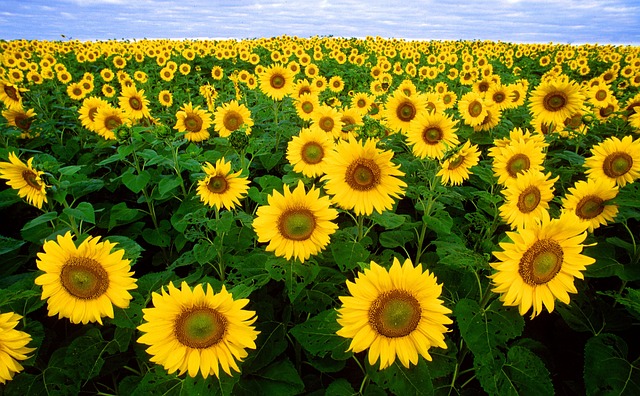
What makes the sunflower stand out among other flowers?
Sunflowers have several unique characteristics that make them stand out.
They exhibit a behavior called heliotropism when young, turning their heads to follow the sun’s path throughout the day.
The sunflower head is not a single flower but consists of hundreds to thousands of tiny flowers, known as florets.
Sunflowers come in an impressive range of sizes and colors. The tallest sunflower on record stood over 30 feet tall, and while many sunflowers are yellow, there are also red, purple, and even multicolored varieties.
They hold cultural significance around the world, from being the state flower of Kansas to featuring prominently in artworks like those of Vincent Van Gogh.
Finally, sunflowers have a variety of uses, from the production of cooking oil and a healthy snack in their seeds to their role in environmental cleanup efforts.
Can sunflowers really clean up nuclear waste?
Sunflowers have been used to help clean up areas contaminated by nuclear waste. Following the Chernobyl and Fukushima nuclear disasters, sunflowers were planted en masse in the affected areas. The sunflowers can absorb certain radioactive isotopes from the soil through a process called phytoremediation. The sunflowers are then harvested and safely disposed of. While this method isn’t a complete solution, it can help reduce the overall levels of radioactivity in the soil and water.
Facts About Sunflowers Conclusion
Whether you’re an aspiring gardener, a lover of nature, or simply someone curious about the world, these interesting facts about sunflowers offer insight into an incredible species. So, the next time you marvel at a field of sunflowers or savor sunflower seed butter, remember these facts about this amazing plant. And perhaps, you might even feel inspired to grow a radiant sunflower in your own garden.
Sources:
National Sunflower Association, “History of the Sunflower,” 2020.
Guinness World Records, “Tallest sunflower,” 2022.
With an understanding of the world’s fascination with sunflowers, it’s clear that this beautiful, towering plant holds more than what meets the eye. From being a source of vitamin E rich sunflower oil to its symbolization of good luck, it’s time to appreciate this wonderful gift of nature. If you’re feeling hungry now, then read my post: 90 Fascinating Facts About Pizza





2 Comments
Pingback:
Pingback: